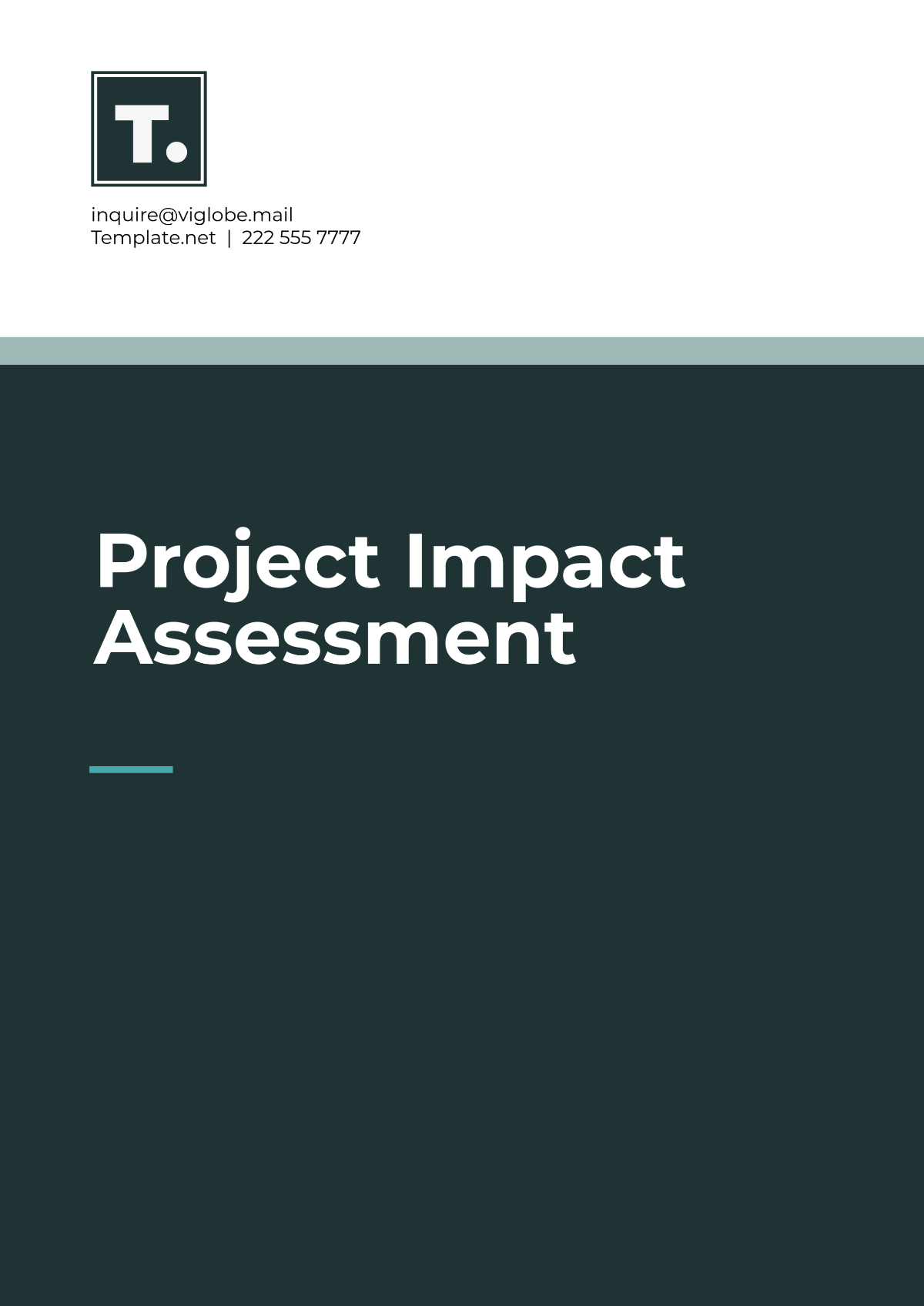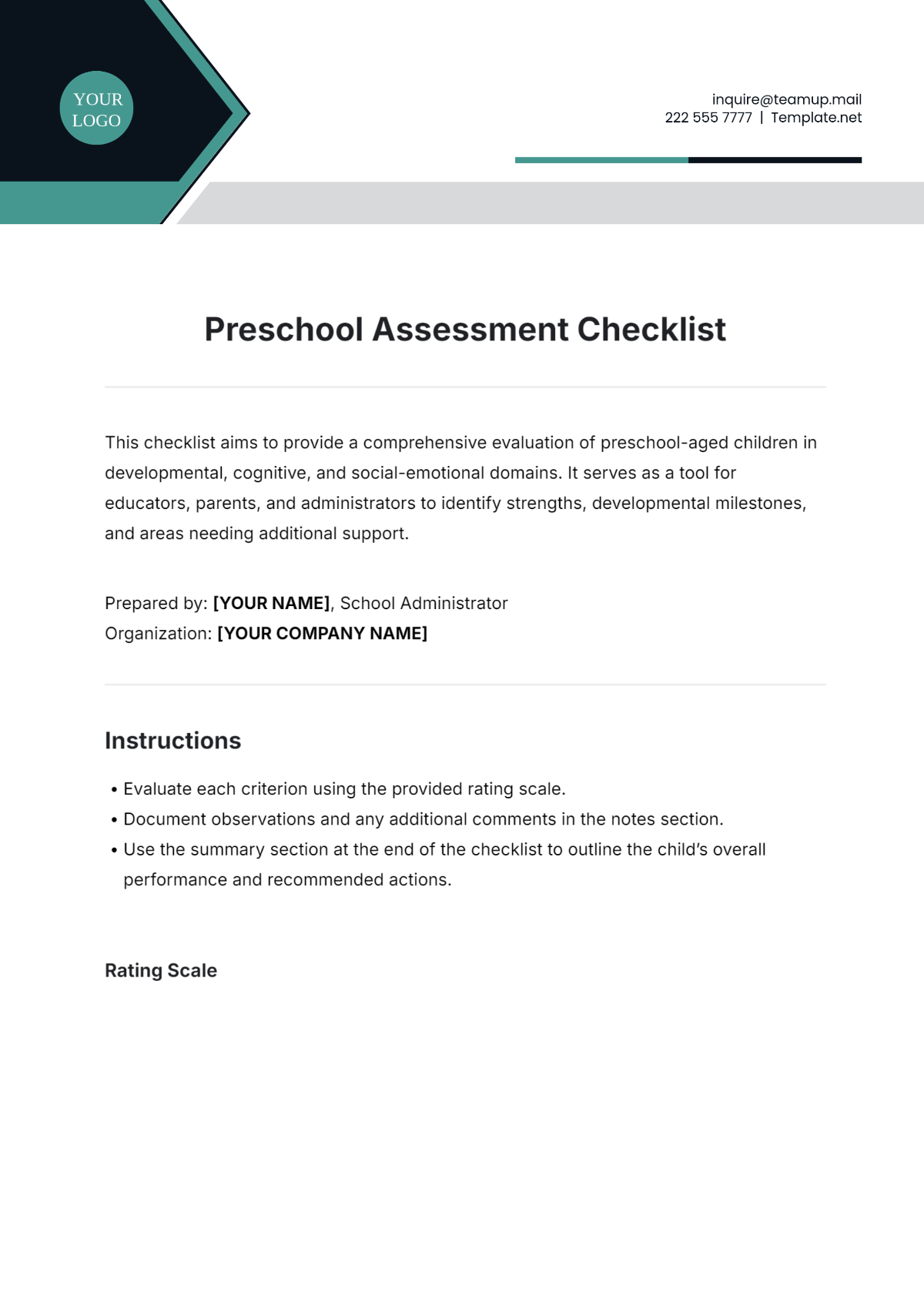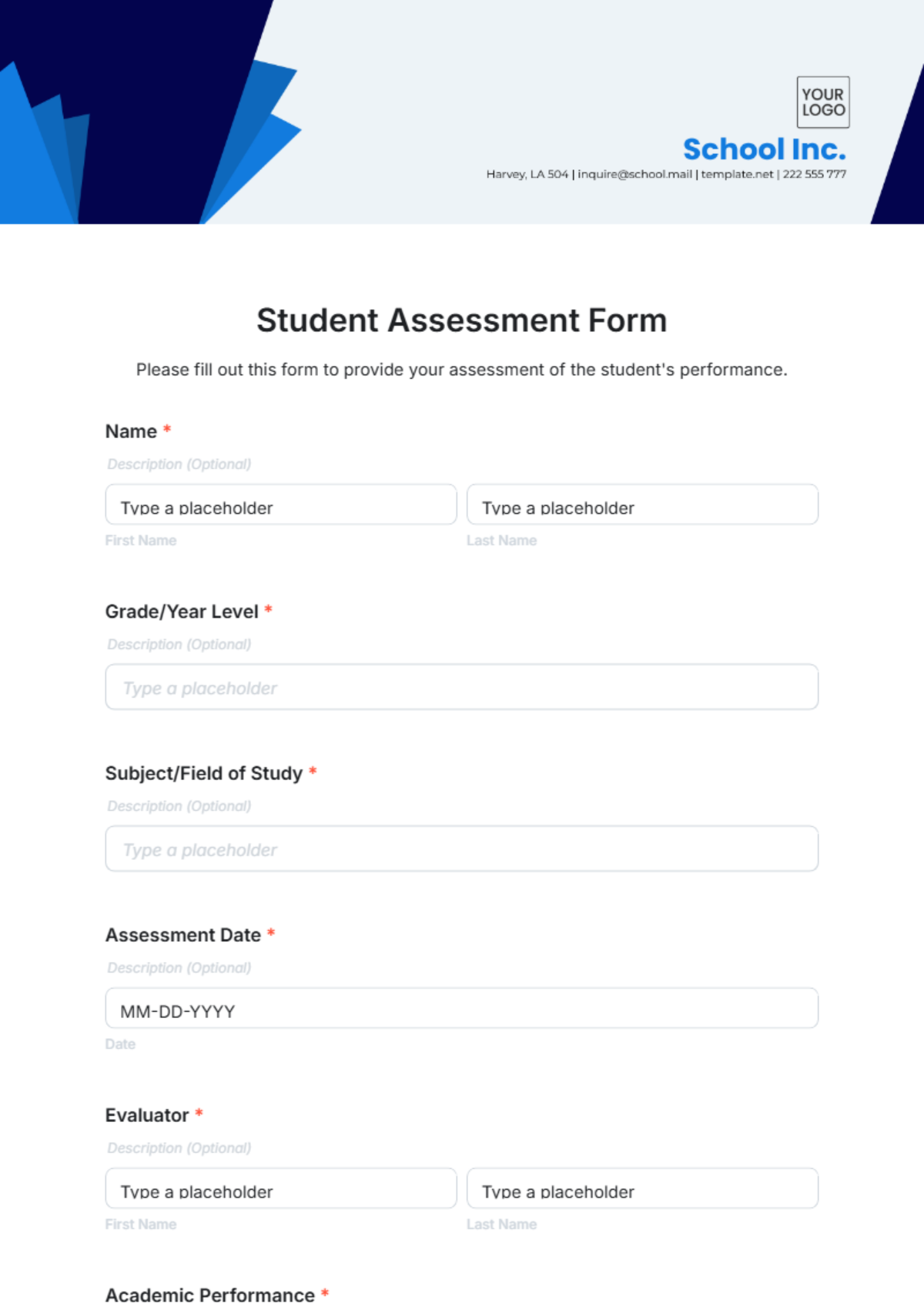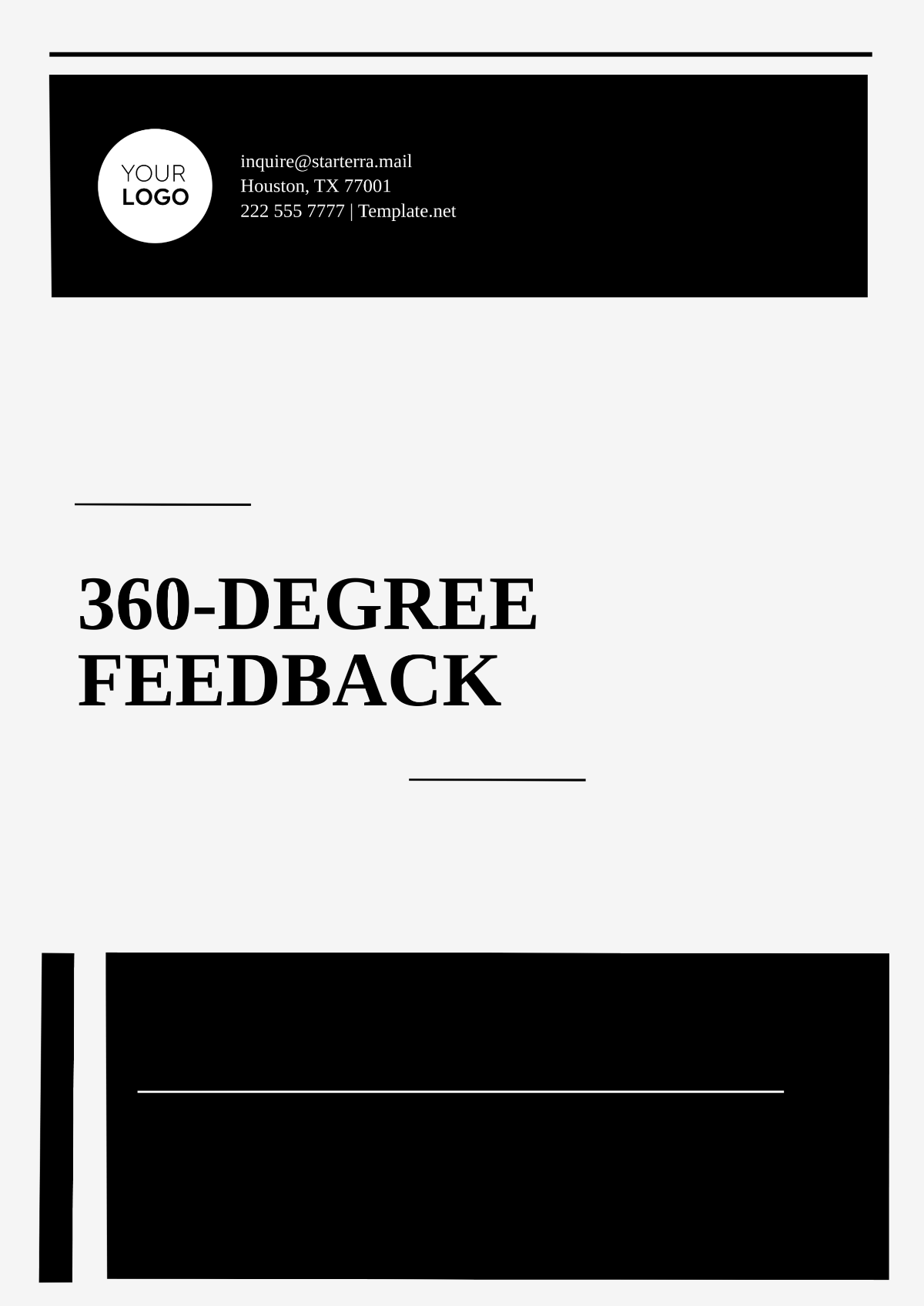Cost Efficiency Study
I. EXECUTIVE SUMMARY
The purpose of this Cost Efficiency Study is to analyze and assess the cost-effectiveness of the implementation of a new cloud-based enterprise resource planning (ERP) system for [YOUR COMPANY NAME] in 2077. This study provides a detailed examination of financial inputs against the expected outcomes, helping [YOUR COMPANY NAME] make informed decisions that maximize value while minimizing waste. This analysis will serve as a foundation for future planning, budgeting, and decision-making.
Key Objectives:
Determine the overall cost of the ERP system implementation.
Evaluate the benefits relative to the associated costs.
Identify opportunities for cost savings and efficiency improvements.
Provide recommendations for optimal resource allocation.
II. INTRODUCTION
A. Overview of the Project/Service/Process
This section provides a comprehensive overview of the ERP system implementation. The goal is to modernize and streamline business operations, improve data accuracy, and reduce operational costs. The new system will integrate accounting, human resources, inventory, and project management, offering a unified platform for decision-making.
Project Description:
Name of the Project/Service/Process: ERP System Implementation
Project Manager: Adela Abshire
Project Duration: January 1, 2077 to December 31, 2077
Objectives:
Automate key business processes.
Reduce manual errors and inefficiencies.
Provide real-time data for decision-making.
B. Importance of Cost Efficiency
Cost efficiency is crucial for ensuring that [YOUR COMPANY NAME] maximizes the value derived from its investments, particularly in technology. By ensuring the ERP system is implemented cost-effectively, we can guarantee that the project will contribute positively to the company’s profitability and operational efficiency.
III. COST ASSESSMENT
A. Initial Investment and Operating Costs
The cost assessment outlines all relevant expenditures related to the ERP system implementation. These include the initial investment required for technology purchase and installation, as well as ongoing operating costs such as maintenance and training.
Initial Investment:
Capital Expenditures: $2,500,000 (ERP software and hardware infrastructure)
Equipment and Technology: $1,200,000 (server setup and cloud infrastructure)
Labor Costs: $500,000 (project team salaries for implementation)
Operating Costs:
Material Costs: $100,000 (supplies and miscellaneous software tools)
Maintenance Costs: $200,000 (annual software maintenance fees)
Utilities: $50,000 (cloud hosting fees)
Staffing and Training: $150,000 (employee training programs and ongoing support)
B. Total Cost of Ownership (TCO)
The TCO includes both direct and indirect costs incurred throughout the lifespan of the ERP system. Over the next 5 years, the total cost of ownership will be calculated, accounting for both one-time and recurring expenditures.
Direct Costs: $4,500,000 (software, hardware, and initial labor)
Indirect Costs: $1,000,000 (training, lost productivity during implementation)
IV. BENEFIT ASSESSMENT
A. Tangible Benefits
Tangible benefits are those that can be directly quantified in financial terms. For this project, tangible benefits include improved efficiency, cost savings, and the ability to generate better financial insights.
Examples of Tangible Benefits:
Revenue Growth: $1,000,000 (expected increase in sales due to streamlined operations and faster order fulfillment)
Cost Reduction: $500,000 (reduced operational costs from automation of administrative tasks)
Operational Efficiency: $750,000 (time savings from automated inventory management and reporting)
B. Intangible Benefits
Intangible benefits are harder to quantify but still important. These may include improvements in decision-making, employee satisfaction, and customer relationships.
Examples of Intangible Benefits:
Improved Customer Satisfaction: Significant improvement in response times and service delivery (Estimated increase in customer satisfaction by 15%)
Brand Strengthening: Enhanced reputation as a technologically advanced and efficient company
Employee Productivity: Reduction in manual workload leading to improved employee morale (Estimated productivity increase of 10%)
V. COST-BENEFIT ANALYSIS
The Cost-Benefit Analysis (CBA) compares the total costs against the anticipated benefits to determine the overall efficiency of the ERP system implementation.
Cost-Benefit Ratio:
Total Benefits: $2,250,000 (sum of tangible benefits)
Total Costs: $5,500,000 (sum of direct and indirect costs)
Net Benefit: -$3,250,000 (total benefits minus total costs)
Cost-Benefit Ratio: 0.41 (for every dollar spent, the company expects to receive $0.41 in benefits)
A. Break-even Analysis
This section calculates when the project will break even based on the cost and benefit projections. The break-even point is expected to occur after the third year of operation, when the cumulative benefits will begin to exceed the cumulative costs.
Break-even Point:
Timeframe for Break-even: Year 3 (End of 2079)
Cumulative Benefit vs. Cumulative Cost: The break-even analysis shows that by the end of Year 3, cumulative benefits will surpass total costs.
VI. RISK ASSESSMENT
Every project involves risk. The risk assessment identifies potential challenges and outlines strategies to mitigate them.
Identified Risks:
Risk 1: Implementation Delays
Likelihood: Moderate
Impact: High
Mitigation Strategy: Establish a clear project timeline with milestones and frequent status checks
Risk 2: User Adoption
Likelihood: High
Impact: Moderate
Mitigation Strategy: Conduct extensive training and provide post-implementation support
A. Sensitivity Analysis:
This analysis assesses how sensitive the outcomes are to changes in assumptions or key variables. If the benefits are 20% lower than projected, the cost-benefit ratio would decrease to 0.33. However, if benefits increase by 20%, the ratio would rise to 0.49.
Sensitivity Scenarios:
Scenario 1: Benefits decrease by 20% — Cost-Benefit Ratio: 0.33
Scenario 2: Benefits increase by 20% — Cost-Benefit Ratio: 0.49
VII. RECOMMENDATIONS
Based on the findings, several recommendations are made to enhance the cost efficiency of the ERP implementation.
Recommendation 1: Implement a phased roll-out to mitigate the risk of operational disruptions during the ERP transition.
Recommendation 2: Optimize employee training to ensure faster user adoption and minimize the risk of inefficiencies.
VIII. CONCLUSION
This study shows that while the ERP system implementation will not provide immediate returns, it is expected to generate significant long-term benefits by improving operational efficiency, reducing costs, and enhancing decision-making capabilities. The project is projected to break even within three years and deliver substantial benefits thereafter.
Final Assessment:
Overall Cost Effectiveness: Moderately effective, with expected returns increasing significantly after the third year of operation.
Recommendation: Proceed with the implementation of the ERP system, but consider adjusting the implementation timeline to ensure smoother adoption and risk management.
IX. APPENDICES
This section includes supporting data and documentation that supplement the findings of the study.
Appendix A: Data Tables
Cost Data:
Category | Amount ($) |
|---|---|
Capital Expenditures | 2,500,000 |
Equipment and Technology | 1,200,000 |
Labor Costs | 500,000 |
Material Costs | 100,000 |
Maintenance Costs | 200,000 |
Utilities | 50,000 |
Staffing and Training | 150,000 |
Benefit Data:
Benefit Category | Amount ($) |
|---|---|
Revenue Growth | 1,000,000 |
Cost Reduction | 500,000 |
Operational Efficiency | 750,000 |
Appendix B: Additional Notes
ROI Analysis over 5 Years:
Expected Return on Investment (ROI): 35% by Year 5
This Cost Efficiency Study provides [YOUR COMPANY NAME] with a structured approach to assess the financial viability of the ERP implementation, ensuring that resources are utilized effectively and the maximum return on investment is achieved.

















































